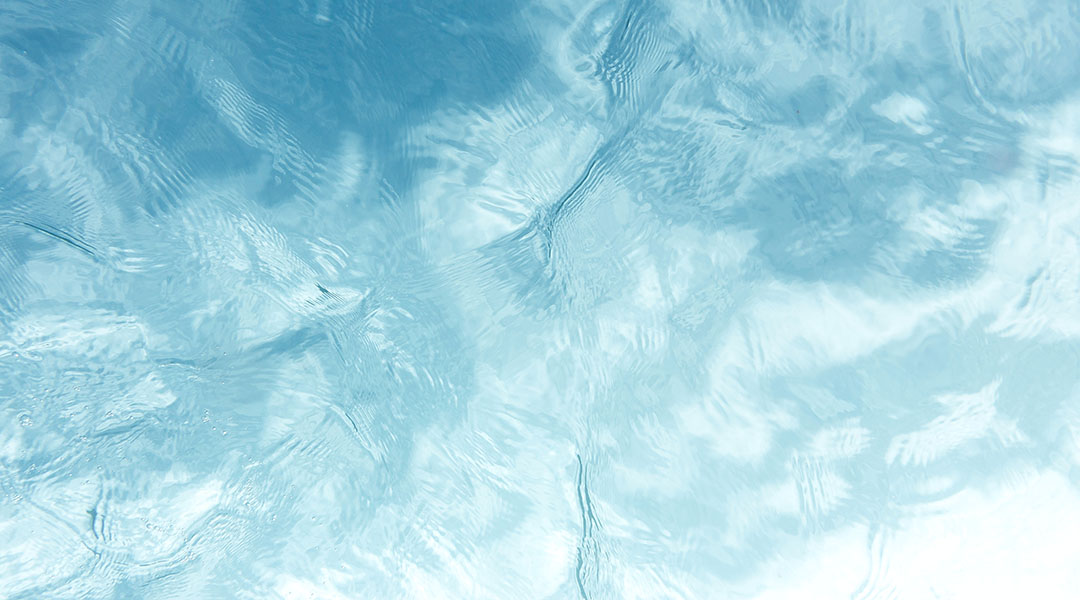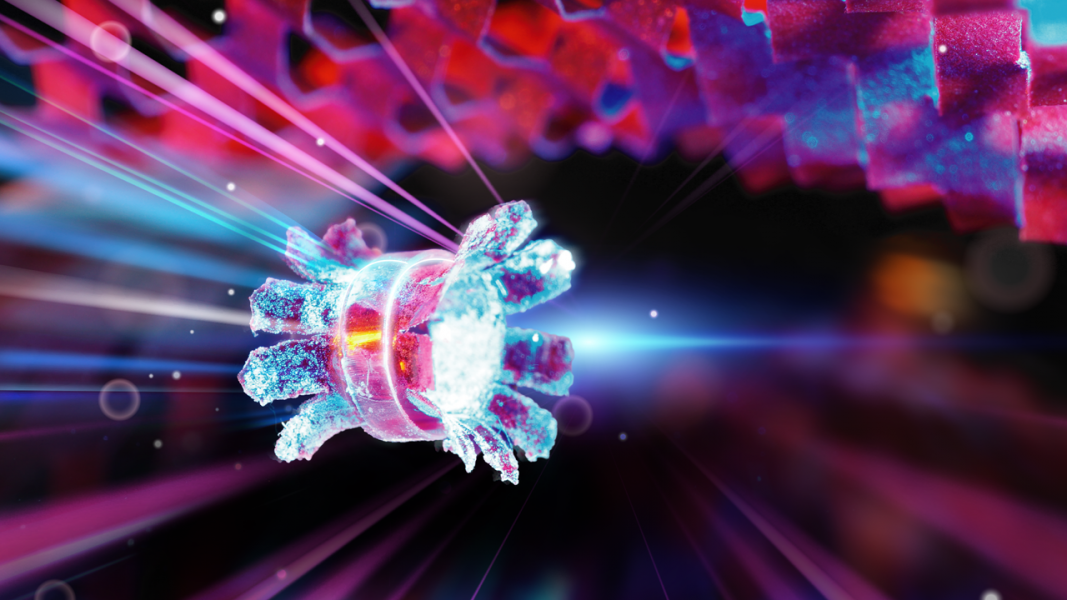A new stretchable and conductive nanocomposite shows promise as a biocompatible material for correcting arrhythmia in patients.


A new stretchable and conductive nanocomposite shows promise as a biocompatible material for correcting arrhythmia in patients.

A soft robotic actuator harnesses the elastic snap‐through and snap‐back instability of a rubber balloon to realize rapid, large deformations.

A new dielectric coating could help solve a long-standing problem and enhance the performance of lithium-rich materials.

Researchers use hot water and pressure to circumvent the need to use toxic chemicals in the production of organic plastics.

Researchers develop an easily scalable approach for fabricating cholesteric liquid-crystal elastomer films.

Scientists have developed a method for precise, fast, and high-quality laser processing of halide perovskites, promising light-emitting materials for solar energy, optical electronics, and metamaterials.

Novel graphene‐reinforced elastomeric isolators are a viable, low‐cost alternative to reinforce buildings against earthquake damage.

Kirigami transformations give rise to mechanical actuation of a soft robot upon light illumination.

The combination of ionic liquids with polymers allows the development of smart materials with superior properties and tailored functionalities for several areas of application.

Researchers from Taiwan and Japan have developed a low-cost, intelligent soft robotic finger using paper electronics.